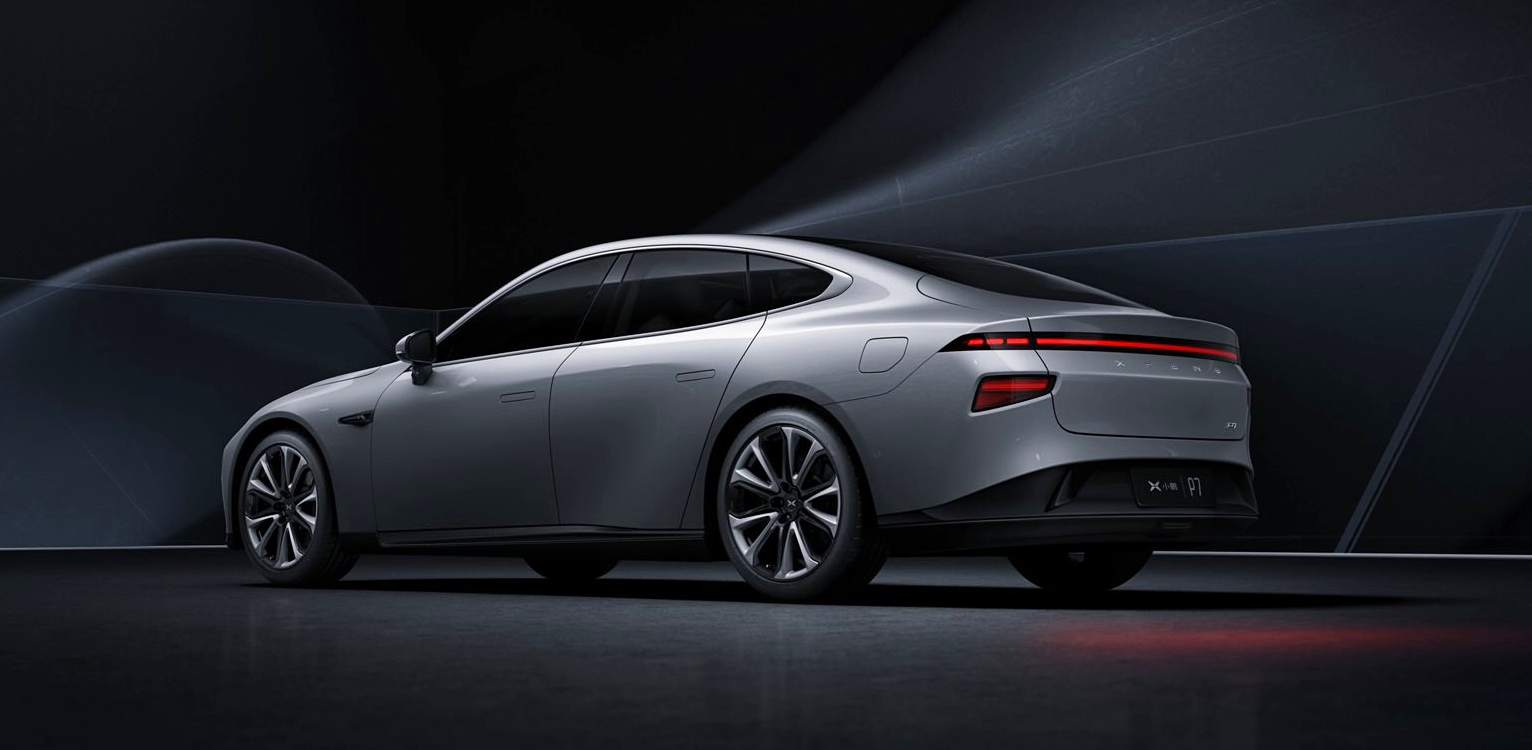Recently, the Chinese brand Xpeng launched its P7 model. This ambitious electric sedan at the time of its presentation became the most autonomous electric car in the Chinese market. It was ahead even of the Tesla Model S who’s most capable variant is around 438 mile-range.
The model is available in three versions: RWD Long Range, RWD Super-Long Range, and AWD Performance. The first one has a power of 263 hp (196 kW) and a torque of 390 Nm, allowing it to do 0 to 100 km/h in just 6.7 seconds. Its autonomy is an impressive 352-mile range.
Although the RWD Super-Long Range maintains its rear-wheel-drive configuration, the range is increased to 438-mile range. The AWD Performance variant meanwhile adds a second 164 hp (120 kW) engine to the front axle, allowing it to drop the 0-100 km/h to just 4.3 seconds. The autonomy for its part is 342-mile range.
All three models have the same 80.9 kWh battery with CATL prismatic cells, which leads us to think that the access variant is limited by software (which opens the possibility that in the future the car can be updated to unlock its maximum capacity, going from RWD Long Range to RWD Super-Long Range). When charging, the P7 goes from 30% to 80% in just 28 minutes (74 miles in 10 minutes) connected to a high-power direct current station.
Now, Xpeng has announced the addition of the “X-Pedal” driving mode to the entire P7 range, which translates into an increase in autonomy in most of its versions thanks to the higher efficiency of regenerative braking. According to Xpeng, when using the X-Pedal, up to 30% of total autonomy comes from energy recovery.
The update, via OTA, will only reach the RWD Long Range and AWD Performance versions, since the RWD Super-Long Range was approved from the beginning with the X-Pedal software. The update also includes an optimization of the battery management software.

